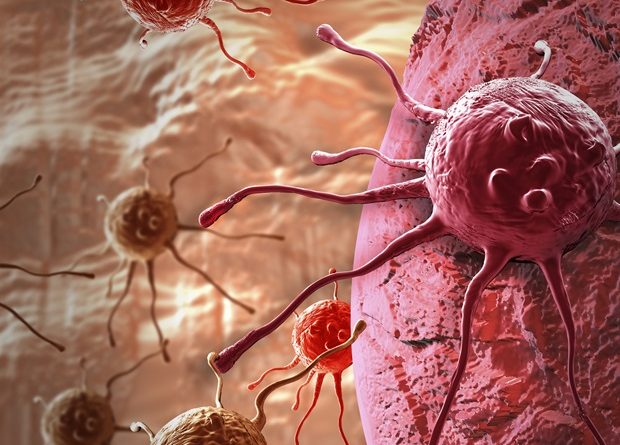New tactic to disrupt cancer repair mechanism could lead to a potential treatment strategy
While cancer therapies targeting specific genes or disease pathways have extended lives, they can also lead to highly resistant tumors when small reservoirs of cancer cells survive treatment, grow, and spread.
Searching for ways to extend the survival benefit of targeted therapies, a team led by researchers at the Duke Cancer Institute identified a potential new tactic to disrupt the repair mechanism that cancer cells use after treatment, blunting their ability to regenerate. The approach could present a new treatment strategy.
The team's findings are reported March 30 in the journal Science Translational Medicine.
There is a significant need to figure out ways to make targeted therapies work better with more long-lasting effect. This research provides a potential strategy to do that with drugs that are currently under investigation."
Kris Wood, Ph.D., senior author, associate professor, Department of Pharmacology and Cancer Biology at Duke
Wood and colleagues found that targeted therapies induce breaks in DNA strands of the cancer cells that survive treatment. Efficient repair of those DNA breaks is critical for tumor cell survival and dependent on a molecule called the ataxia telangiectasia mutated (ATM) enzyme.
"We were surprised to find that the ATM pathway was frequently activated by these surviving cancer cells," Wood said. "That finding led to the next question: Could we disrupt the repair process?"
The researchers used ATM inhibitors that are currently under investigation, and the answer was yes. Testing in non-small cell lung cancer in mouse models and laboratory cultures, they found that an ATM kinase inhibitor, in combination with targeted therapies, eradicated residual cancer cells, leading to more durable remission of the cancer.
Further confirmation was evident in real-world cases. Certain lung cancer patients who harbor an ATM mutation that lessens its function have longer progression-free survival with targeted therapies compared to patients who lacked this ATM mutation.
"Together, these findings establish a rationale for the mechanism-based integration of ATM inhibitors alongside existing targeted therapies," Wood said.
Duke University Medical Center
Posted in: Medical Science News | Medical Research News | Medical Condition News
Tags: Ataxia, Cancer, Cell, DNA, Drugs, Enzyme, Genes, Kinase, Kinase Inhibitor, Laboratory, Lung Cancer, Medicine, Molecule, Mutation, Non-Small Cell Lung Cancer, pH, Pharmacology, Research, Small Cell Lung Cancer, Tumor
Source: Read Full Article



